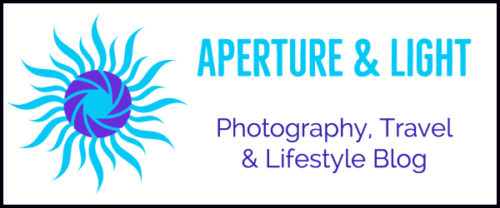Winter bird photography adds beauty and soft colors to our feathered collection. While most head indoors during the grays and chills of winters, we don’t! Instead, it’s layer up and get out there.
Our bird photography techniques pretty much remain the same as you’ll find in: Birding and Bird Photography, A Perfect Pair. However, there’s a few differences too.
- Birds and birding locations shift to winter birds and their specific habitats.
- Preparation elevates to a different level with winter’s conditions. Locations, drive times, light (fewer daylight hours), safety.
- Our gear needs time to warm up after being in cold conditions before using back indoors.
We’re sharing a few simple tips to keep you shooting in comfort and getting terrific images.

Four Tips for Enjoyable Winter Bird Photography
Yep, winter bird photography is fun, but it’s not for the faint of heart. In addition to patience with the birds, we put ourselves in cold, frigid elements.
The tips below include finding, locating and photographing birds while staying warm!
- Lighting and harnessing the light – Our days are shorter, nights are longer. After December 21, our long nights begin their transition. However, during the days of where our sun has moved south, shadows are longer. Light in northern climates shift to soft grays and blues with just a few bold days mixed in. In southern climates, light continues to shine but with a bit less glare.
- For white birds, like out winter owls, spot (instead of evaluative/pattern/matrix) metering directs the light to your focus point. When you focus on a white subject, our shutter speed increases. Plus, the natural framing of light adds a lovely dimension. Check out: Camera Metering Modes to Make Your Images Rock
- With our northern birds, they’re quite hungry as they’ve traveled quite a ways. The most common place to find your birds? Savoring their natural food sources, as in the female pine grosbeak in the featured image. When photographing feeding birds, they tend to stay in the same area with their favorite treats. Search for natural branch frames, uncluttered backgrounds. If the backgrounds are too busy, shifting f/stops offers multiple, depth of field backgrounds to use if needed in post processing.
- Locations – If you’re wanting to photography the snowy owl, you won’t have any luck if you’re in Louisiana. And, if you’re aiming to photograph a Roseate Spoonbill, that’s not happening in Michigan. Sites like eBird assist bird photographers in locating hotspots for specific birds including roads, images and landmarks. Facebook specific groups serve as another solid resource too.
- Gear care in colder, rougher climates – When shooting in colder, wetter climates, our gear hangs tough. We also need to keep our gear in tip top shape with the right care. After shooting in extreme conditions, drying our camera, giving it a good wipe down before placing in our bag reduces moisture. Give your camera time to normalize to room temperature when back home to minimize condensation and mildew buildup. If carrying extra batteries, store them inside your coat closer to your body warmth versus exterior pocket.
- Layer up – To quote Barry Manilow, This One’s for You. Layering up protects you to keep you warm, safe and dry. Recognizing the signs of chill when your in the throes of a great shoot takes paying attention to how you’re feeling. Are your hands, fingers warm or numb? What about your feet, can you wiggle your toes. Or for that matter, feel them?
- Below, we’re providing a list of great gear choices and tools to keep you safe and warm. In addition to attire, keep plenty of water nearby. I love my Yeti (via Amazon) and I have one with cold water and the other one with hot water. We burn a lot of calories and need water to help our bodies regulate temps. Keep the energy going with food and drink breaks and a clothing function (versus malfunction) check.

Gear and Supplies for Winter?
Below lists my choices for Bird Photography Gear and winter supplies/attire. While I’m a Nikon user, Canon, Sony and other brands offer great gear too.
Camera Gear for Winter Bird Photography
In my Amazon Shop of Sheen’s Nature Photography, there’s several lists organized by groups of related gear and suppliers. Camera Gear and Technology Accessories on Amazon includes cameras, lenses, supplies, filters and accessories. Specifically for bird photography, my gear choices and recommendations include kit lenses (which give great results) to prime, fixed focal length lenses. Here’s a few of my favorites ranging from getting started with a camera body and kit lenses to high end primes.
Today, I’m still a believer that the best tools are the ones in your hands. I’ve had great success with kit lenses and my choices of gear continue evolving.
Layers and More Layers!
When dressing for a few to several hours in cold, wet conditions, it’s better to be over-prepared and over-dressed than being left in the cold. Pun intended.
I’m a huge believer in base clothing layers, hats, scarves, gloves and boots that keep you warm and dry before stepping out into the cold. Extend your comfort and shooting time by being prepared versus waiting until you’re frigidly cold to get warm. Happy and safe shooting!

